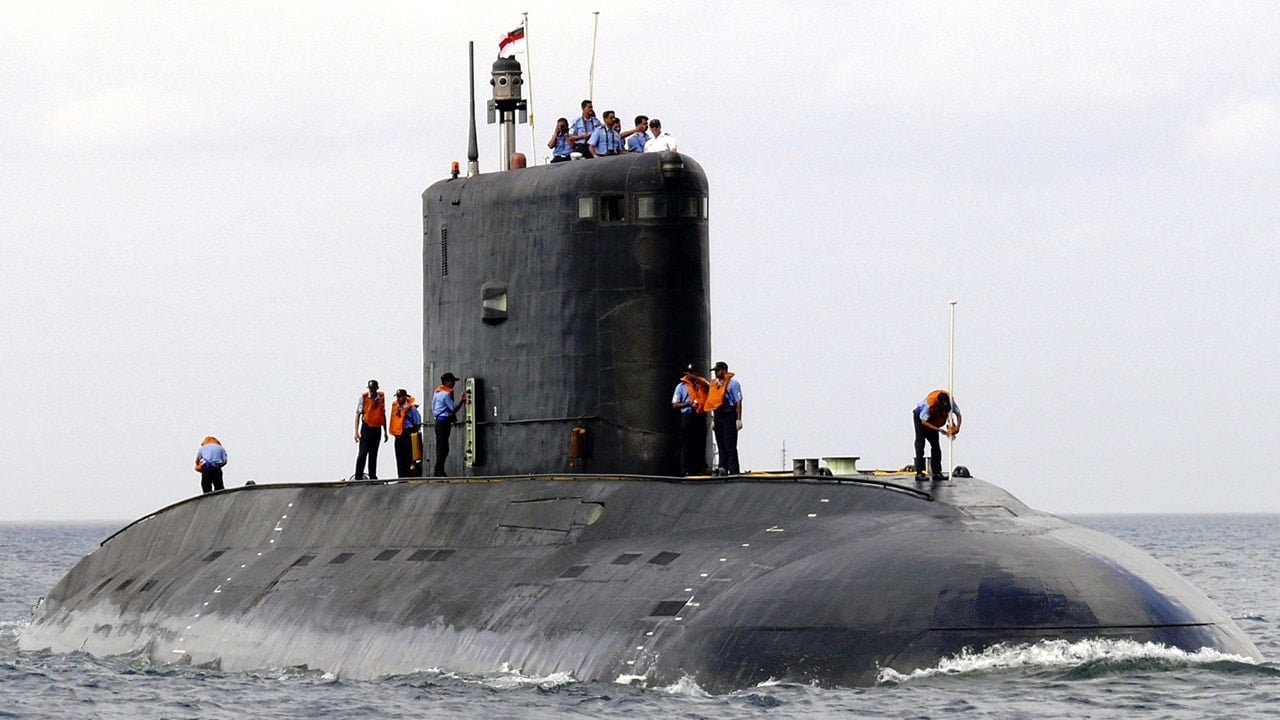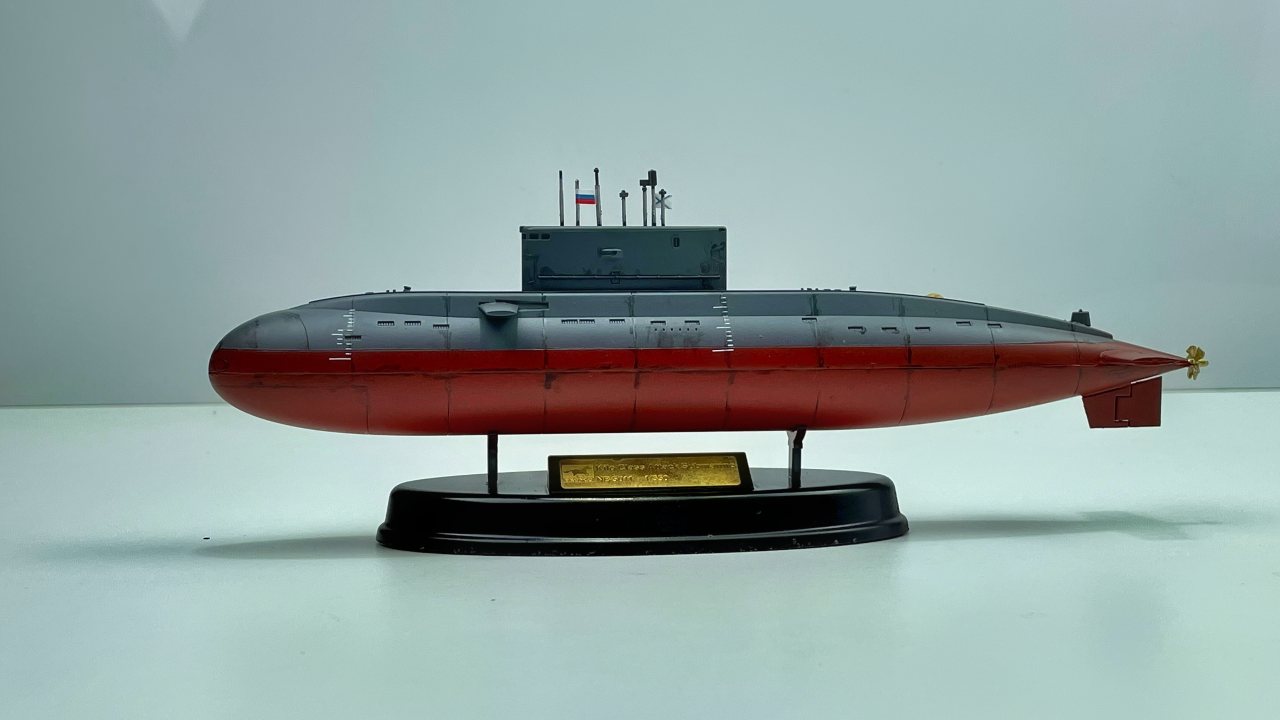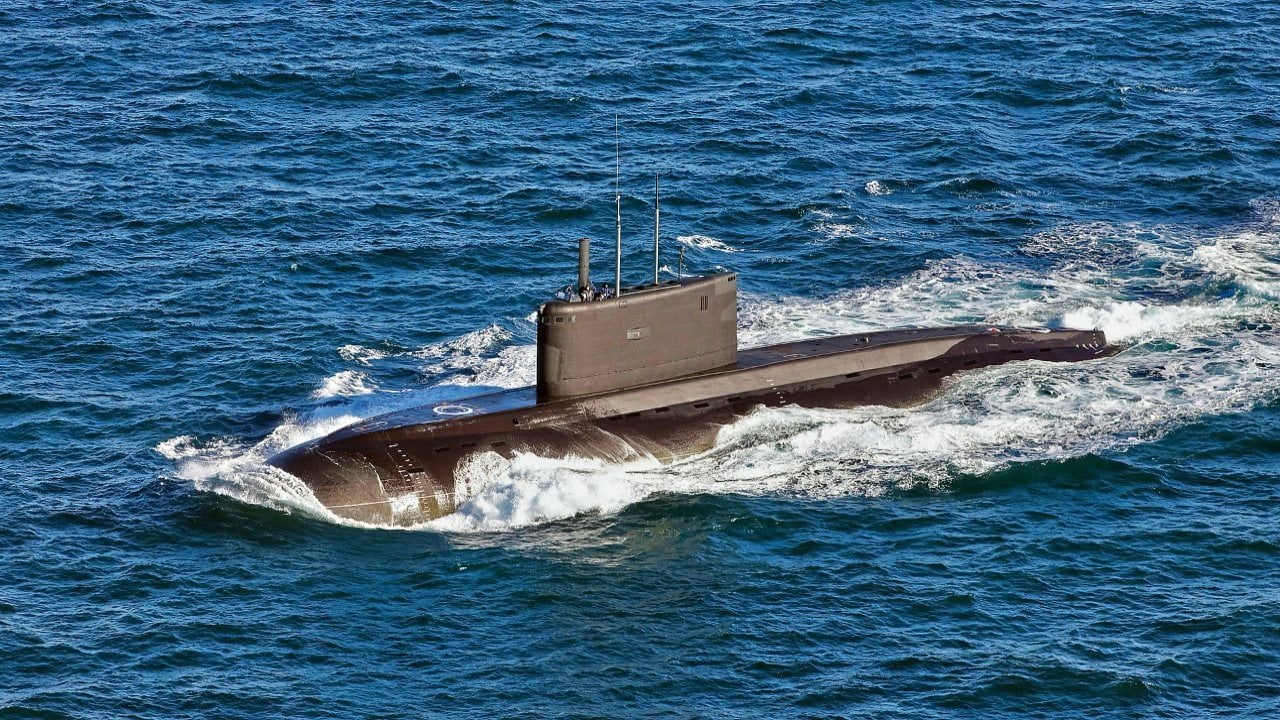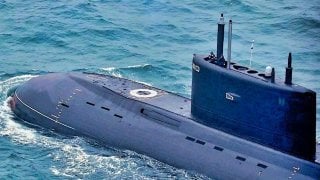"Sir, the Submarine Just Exploded": How A Russia-Built 'Black Hole' Sub Was Destroyed
The Indian Navy's Kilo-class submarine built by Russia, INS Sindhurakshak, suffered a devastating explosion on August 14, 2013, in Mumbai, resulting in the loss of 18 crewmembers and marking a significant peacetime tragedy for India.
Summary and Key Points: The Indian Navy's Kilo-class submarine built by Russia, INS Sindhurakshak, suffered a devastating explosion on August 14, 2013, in Mumbai, resulting in the loss of 18 crewmembers and marking a significant peacetime tragedy for India.
The sub is important as it is very quiet, earning the title 'the black hole', by U.S. Navy experts.
Commissioned in 1997 and upgraded with advanced technology, the submarine's destruction raised serious concerns about India’s naval safety and maintenance practices. Despite extensive investigations, the cause remained undetermined, highlighting potential procedural failures and inadequate infrastructure. This incident, along with the 2018 damage to INS Arihant, underscores the urgent need for India to enhance its naval protocols to assert regional dominance and mitigate risks.
Submarine Disaster: The Untold Story of INS Sindhurakshak's Demise
The Indian Navy Kilo-class diesel-electric submarine INS Sindhurakshak met a tragic fate on Aug. 14, 2013, when it suffered an explosion while berthed at the naval dockyard in Mumbai. This incident resulted in the loss of 18 crewmembers and marked the most significant peacetime loss for the Indian Navy.
It also was a blot on the Indian Navy’s record, which for more than a decade has striven to modernize in order to challenge their Chinese rivals for dominance in the Indian Ocean.
INS Sindhurakshak was commissioned in 1997 and had undergone a major refit and upgrade in Russia from 2010-2012. Because of this refit, the diesel-electric submarine was equipped with the latest technology and weaponry, including the Klub-S cruise missile system and advanced torpedoes. In fact, at the time of its destruction while in port, Sindhurakshak was the most advanced submarine in the Indian Navy.
What’s more, the presence of the Kilo class of submarine, as well as its two-year-long refit in Russia, highlights a major point of contention between India and the Western powers.
Going back to the earliest days of India’s independence, following their experience with British colonialism, the Indian government vowed to never allow itself to become dependent on foreign powers – notably those from the West. So they held fast to a long-term military alliance with the Soviet Union, and after the Cold War, the Russian Federation. That relationship persists today (though it has started to slow).
The Incident
On Aug. 14, 2013, INS Sinhurakshak was scheduled to depart from Mumbai and conduct a standard patrol. Before it left port, though, the boat suffered an explosion in the forward torpedo compartment.
Despite subsequent investigations into the matter, no definitive conclusion of what caused the explosions could be ascertained. It is, however, believed to have been triggered by a possible fire in the battery compartment, which then spread to the torpedo compartment. The fire and subsequent explosions led to the rapid flooding of the submarine, causing it to sink nose-down at its berth.
When the Indian Navy did convene an official inquiry into the matter, investigators highlighted several factors that may have contributed to the disaster. These included a failure to follow standard operating procedures, inadequate safety measures, and the lack of proper maintenance and checks for the boat while in port.
The loss created a massive strategic gap in the Indian Navy’s fleet at the time. What’s more, the incident raised major concerns about the safety and maintenance of India’s aging submarine fleet.
While they are a natural counterweight to Beijing’s rise in the region, India suffers from an aging set of military systems inherited mostly from the Soviet Union (which India’s government has been fighting to modernize) and, more generally, from poor infrastructure.
In the case of this submarine, poor naval infrastructure likely contributed significantly to the loss of this expensive and advanced system.
INS Sindhurakshak had a displacement of 3,000 tons, a maximum diving depth of 300 meters, and a top speed of 18 knots.
It was equipped with a range of advanced weapons systems, including the aforementioned Klub-S cruise missile system, Type 53-65 torpedoes, and TEST 71/76 anti-submarine torpedoes. The submarine had a crew of 52 and was designed for a variety of missions, including anti-surface warfare, anti-submarine warfare, and intelligence gathering.
Is the Indian Navy Careless?
And this wasn’t the last time that an expensive, sophisticated Russian-built submarine serving in the Indian Navy suffered a calamity.
In 2018, INS Arihant suffered major damage when a crewmember irresponsibly left a hatchway open and exposed to seawater. This submarine was nuclear-powered and based off the Russian Akula-class attack submarine.

Specifically, the vessel’s sensitive and complex propulsion compartment had been exposed to seawater, damaging numerous pipes and machines that were essential for the nuclear submarine to operate properly. That submarine cost the Indian Navy $3 billion to build and the repairs to the seawater damage from an open hatchway while at sea caused a year’s worth of repairs.
No Lessons Learned
Thus, the experience of INS Sindhurakshak in 2013 clearly had little impact on improving the competency of Indian sailors. The disaster serves as a stark reminder of the dangers associated with operating submarines and the importance of standardization across the force that encourages strict safety protocols and maintenance standards.

If India expects to become the dominant regional power in the Indian Ocean, it needs to elevate its game, and not fall prey to lax standards and poor seamanship. India is far too important of a country in the new great game of geopolitics to be making such mistakes.

About the Author
Brandon J. Weichert, a National Interest national security analyst, is a former Congressional staffer and geopolitical analyst who is a contributor at The Washington Times, the Asia Times, and The-Pipeline. He is the author of Winning Space: How America Remains a Superpower, Biohacked: China’s Race to Control Life, and The Shadow War: Iran’s Quest for Supremacy. His next book, A Disaster of Our Own Making: How the West Lost Ukraine, is due October 22 from Encounter Books. Weichert can be followed via Twitter @WeTheBrandon.
All images are Creative Commons.
From The Vault


